The didgeridoo has its origins with the Aboriginal people of Australia. More precisely in a small part of this immense country: the north of the Northern Territory.
Several hours by dirt track from Darwin, in the tropical wilderness and hostile climate of Arnhem Land, several aboriginal groups still today preserve the roots of the didgeridoo. So, are you ready for a trip to the other side of the world? Let’s go!
Not all Aboriginal people play the didgeridoo
The first thing to know is that not all Aboriginal people play the didgeridoo! Often when we talk about the indigenous peoples of Australia we assume they are of one and the same culture. Yet there are over 200 distinct communities with their own dialects and customs. So, Aboriginal people don’t all hunt with boomerangs or play didgeridoos! Of course, these days many have started to play, the instrument having become a symbol of their culture. But originally the didgeridoo was played in very few communities and most of these were found in Arnhem Land. One of the best-known Aboriginal ambassadors of the didgeridoo is Djalu Gurruwiwi (video below).
Djalu Guruwiwi making a Yidaki
Where does the word didgeridoo come from ?
The name “didgeridoo” was not invented by the Aboriginal people. It came from the white settlers who, when they first heard the instrument played found the sound strange and baffling. They chose a name to match as closely as possible its remarkable sound… and this resulted in “didgeridoo”!
It’s not surprising if people frown when they hear the name, it was designed to match a strange sound! For the Aboriginal people, the didgeridoo has dozens of different names, however the most popular are Mago and Yidaki (see photos)
The Yidaki
Found mainly in the northeast of Arnhem Land, it’s characterised by its conical shape and its length (1.6m on average). Together these create a strong pressure favouring a style based on Toot. (sound of the trumpet)

Djalu Guruwiwi making a Yidaki
The Mago
With a more cylindrical shape and often a smaller size (between 1 – 1.4m), the Mago is originally from the west of Arnhem Land. Its shape gives it a rounder sound, in which harmonics will be more developed.
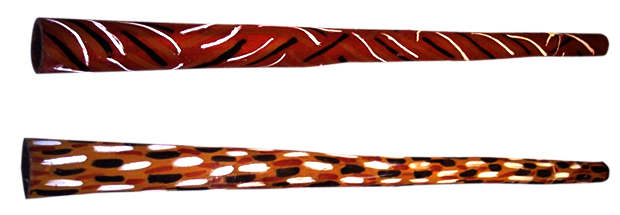
Darryl Dikarrna talks and plays his Mago.
A ritualised music
In Aboriginal communities, the didgeridoo player accompanies the singer and the dancer during different ceremonies (initiation, deaths..). During these rituals, the singer holds the most important place, followed by the dancer and then the didgeridoo player. So the player is far from having the top spot! During these rites, each individual tells the story for which they are responsible. The myth has been passed to them by an elder and the day comes when they in turn must pass it on to the next generation. This oral transmission has allowed communities to retain incredibly accurate stories from generation to generation.
The mythology of the Aboriginal Australians
These stories form the basis of their mythology, which is called Dreamtime or Tjukurpa. They might, for example, describe the kangaroo that drinks at the billabong, the honey ant or the rainbow snake that shapes the earth as it passes over it. A ceremony is a moment during which individuals each unveil their own tale. These stories can appear simplistic, but they are so much more than that. They have a direct link with nature and the story of the Aboriginal people. Indeed, Dreamtime represents a law to respect, the path to be followed by the community.
Certain people will even be able to tell you, with great accuracy, how the first colonists arrived in Australia at the end of the 18th Century! We have our national archives, they have theirs directly embedded into their memory! For more information on this subject, I highly recommend the documentary by Bentley Dean and Martin Butler (in French)
The didgeridoo : the breath of ancestors
In looking closer at the origins of the didgeridoo, we understand better why it seems to murmur to us the story of life. It carries the voice of a people who lived peacefully for millennia on a continent isolated from the rest of the world. So, for each Aboriginal person and each living being, let’s sound the didgeridoo and pay homage to those who have shared it with us. Thank you to all of them.
Share and comment if you liked this article !

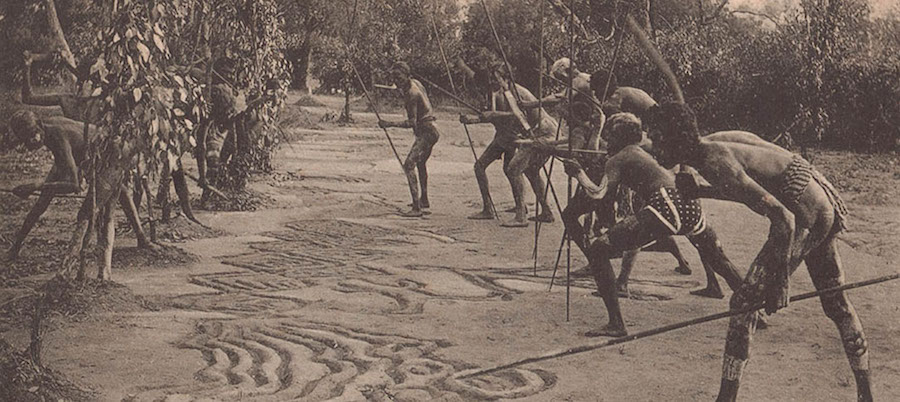
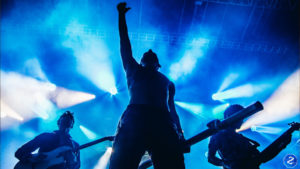
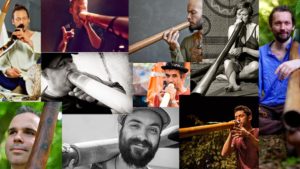
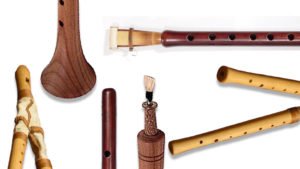
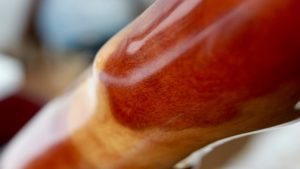

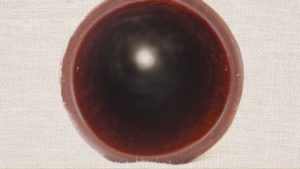
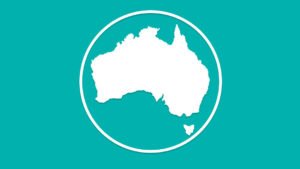
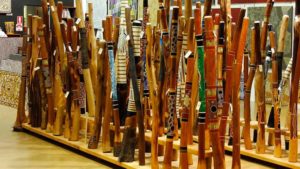

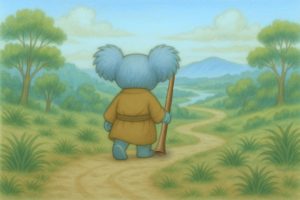
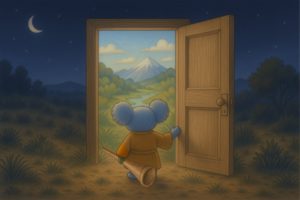
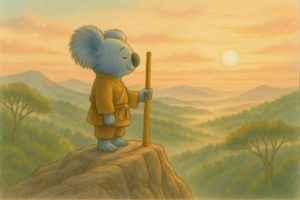
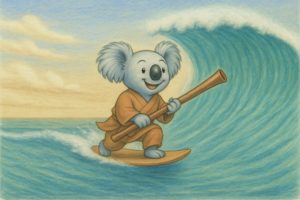
6 Responses
What are the oldest musical instruments apart from didgeridoo in australia
That’s a good question ! I will not be able to answer, I’d say flutes made out of bone. But google will be better than me… ?
Hi Gauthier,
Thank you for finding the time to write and share this!!!!
The only thing I think you forgot to mention is the clapsticks (Bilma), also super important.
Thanks for all your efforts to make the didgeridoo world more well informed.
Wonderful,
Love and light
Thank you Lies for the precision, it’s true I always forgot Bilma !
I’m very happy to see that people enjoyed this post !
I enjoyed! Thank you!
Thanks to take the time to tell it. ?